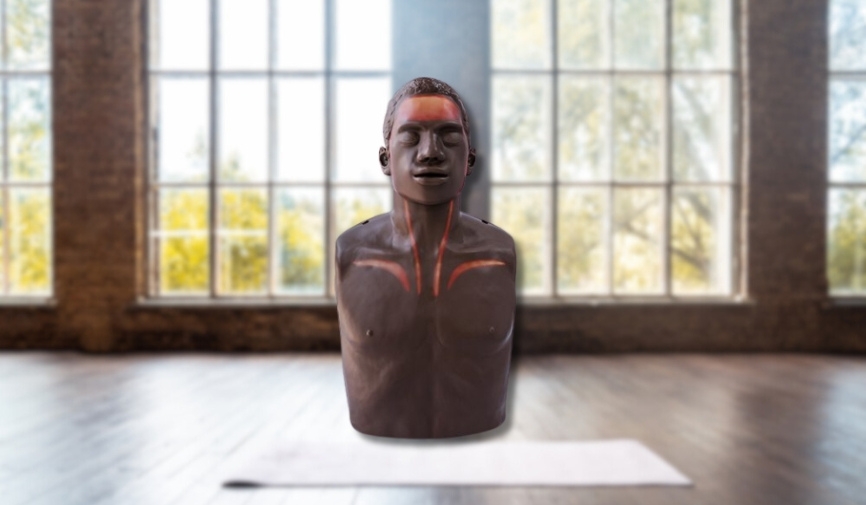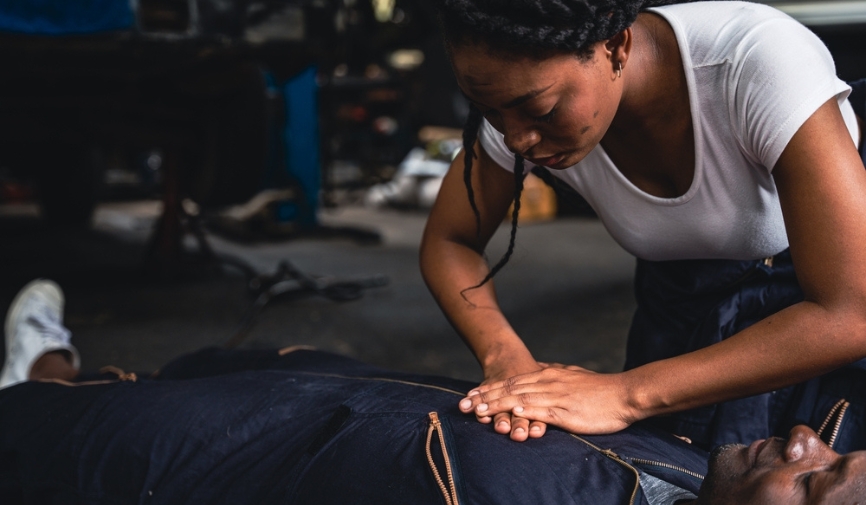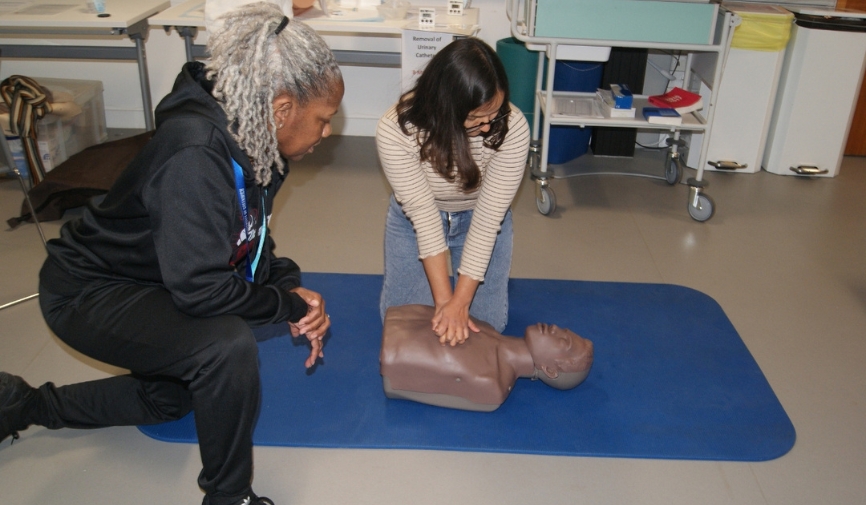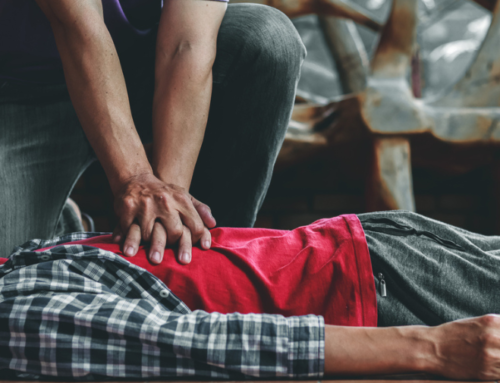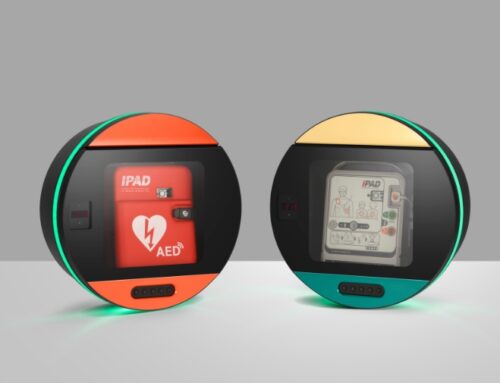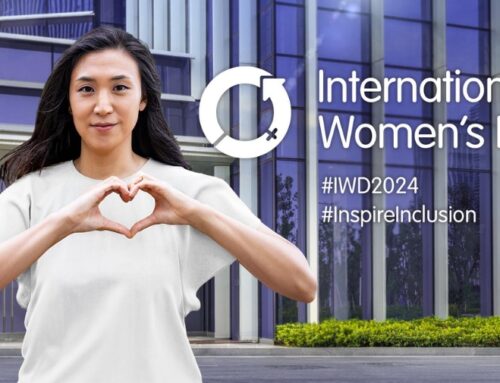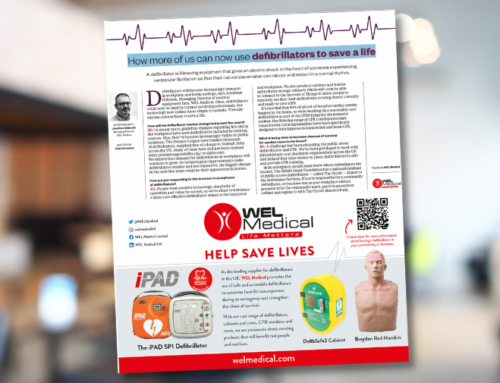Diversity in CPR training throughout the UK is a critical issue that needs urgent attention. Within multicultural communities, access to quality CPR training is often disparate, leading to lower survival rates from sudden cardiac arrests (SCAs). The British Heart Foundation reports that SCAs occur over 30,000 times per year outside of hospitals in the UK, but survival rates remain proportionally lower in ethnic minority groups.
In this article, we’ll explore the disparity in CPR training among communities with more significant numbers of people of ethnic minority backgrounds. We’ll also look into ways to overcome the challenges faced, including how Brayden OBI can help with accessibility to CPR training.
Understanding the Disparity
Disparities in access to CPR and defibrillation training are alarmingly prevalent among ethnic minority groups across the UK. Research indicates that bystander CPR, which can double or even triple survival rates from out-of-hospital cardiac arrests (OoHCA), is less likely to be performed in more diverse communities.
This disparity has a direct influence on the survival outcomes of individuals within these groups. Several interconnected factors contribute to this disparity.
Inaccessible Advertising
First-hand experience from community trainers and healthcare BLS experts displays that a lack of accurate and inclusive advertising could be a significant factor. Whether in the commercial or public sector, research shows that people engage more with and form stronger attachments to services and goods advertised in a way that reflects their community.
To that end, ensuring that advertisement is as inclusive and representative as possible could be a strong step to helping with the accessibility of CPR training.
A One-Size-Fits-All Approach
Studies show that the existing approach to CPR training is not effective in engaging with people from minority ethnic backgrounds. Participants in a qualitative study highlighted that CPR training is ‘only one of 100 other things they have to worry about.’ Others referenced environmental barriers such as fear of violence, financial struggles, and a mistrust of authority.
A study carried out by Northumbria University corroborated this information, finding that people from more affluent areas were more likely to be comfortable performing bystander CPR. It suggested that ongoing studies should investigate how this research forms parallels with areas including ethnic background and cultural identity to impact peoples’ confidence in carrying out emergency CPR.
Systemic Biases
The term ‘systemic biases’ refers to tendencies within social systems to privilege certain groups while disadvantaging others. In the context of healthcare and CPR training in the UK, systemic biases can manifest in various ways, leading to unequal opportunities.
A prominent example of this is the systemic bias that exists in relation to language and communication. CPR training materials and courses are predominantly represented in the ‘native’ language of the country in which they occur. In the UK, this can pose a barrier to individuals whose first language is not English, the instances of which are more commonplace within groups of ethnic minority backgrounds. This lack of language inclusivity can prevent many from accessing potentially life-saving knowledge and skills.
Moreover, cultural sensitivity is often overlooked in CPR training. Cultural norms and beliefs can significantly influence an individual’s willingness to perform CPR. Training programs that do not take these cultural nuances into account can deter people of minority ethnic backgrounds from participating.
Overcoming the Challenges
Having identified the challenges surrounding disparity in access to CPR training, it’s crucial that we understand how best to overcome them.
More Inclusive Advertising
Companies and community groups that offer CPR training could consider utilising more inclusive and representative advertising. Whether this is greater diversity on posters or through digital media, this could make a significant difference.
Ensuring Accessible Times and Locations
For different cultural and ethnic groups, different focal locations are relevant. For some communities, religious centres may form the cultural cornerstones, while others may come together around sports and leisure activities. It’s crucial for CPR trainers to be aware of this and ensure that the training they carry out takes place in accessible and identifiable locations.
Similarly, studies show that people from minority ethnic backgrounds are statistically more likely to work unsociable or irregular hours. This means that CPR training sessions must accommodate as flexibly as possible to ensure that access is as inclusive as possible.
Encourage Trainers from Minority Ethnic Backgrounds
Innosonian, who developed the industry-leading Brayden range of CPR manikins, spoke to leading voices within resuscitation training in minority ethnic groups. Their discussions found that the importance of CPR trainers being representative of the communities with which they’re trying to engage is crucial.
To that end, encouraging people from minority ethnic backgrounds to take up positions as CPR trainers could contribute to overcoming the challenges currently experienced.
Above: Sylvie Seales, First Aid Community Trainer and Lead for International Nurses at Dartford and Gravesham NHS Trust (left), overseeing CPR training on Brayden OBI.
Credit: Innosonian
How Brayden OBI Can Help with the Accessibility of CPR Training
Another crucial way in which CPR training can be made more inclusive is through the use of representative CPR equipment. Brayden OBI, launched by Innosonian, is an anatomically accurate CPR training manikin that has nasal and mouth features representative of a black adult male.
It was designed with the aim of improving OoHCA outcomes in diverse communities through the creation of a CPR manikin that is both anatomically correct for quality of ventilation and more inclusive.
OBI is available as an interchangeable conversion kit for use with a Brayden Adult CPR manikin. This makes it a cost-effective and portable BLS solution, further representing how Brayden OBI can help with CPR training
At WEL Medical, we are passionate about saving lives across all communities, and Brayden OBI forms a crucial part of this. For more information on our products or to learn more about WEL Medical, feel free to reach out to our team.

